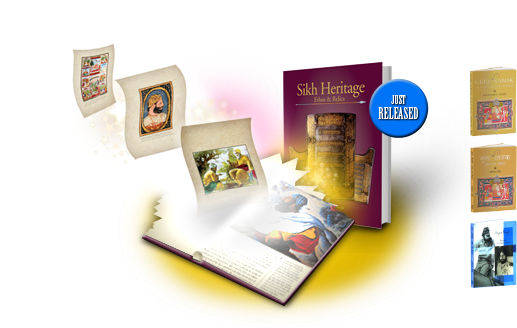Upinder Singh has written well-received books on history, a subject that she teaches at St. Stephen’s College, Delhi. Her latest book, The Discovery of Ancient India: Early Archaeologists and the Beginnings of Archaeology, has recently been released by Permanent Black. She spoke to Roopinder Singh, about bringing alive the 19th century archaeologists and recreating their dynamics, as well as what she expects from the book.
|
|
What is this Discovery of India based on?
On archival material in a big way. I have also analysed the entire range of published work.
Although I focus a great deal on Alexander Cunningham, the first Director General of the Archaeological Survey of India, the book is not just about him. I am also looking at lesser known figures in Indian archaeology and am trying to reconstruct not only the history of archaeology, but also bring out some of the details about the archaeologists themselves. This book is also about the history of sites and monuments in the 19th century, and I have tried to connect the history of archaeology to the larger history of India in the colonial phase.
But you have highlighted the Indian role too…
I have also tried to look at what the Indian princes were doing, their attitudes towards the investigations and the conservation of historical monuments. Although it is quite true that the history of archaeology in the 19th century is dominated by Englishmen, there are a number of Indians who had some very important contributions to make in this sphere. I have tried to bring those important contributions, whether it is Ram Raz, who in 1834 wrote Essay on the Architecture of the Hindus analysing the shilpa shastra, or Rajendralala Mitra, a prominent Indian intellectual.
I have also taken up detailed case studies of some very important ancient sites, such as Sanchi, Bharhut, Bodh Gaya, Amaravati. I have carefully investigated the archival material about what was happening to and at these sites in the 19th century. Some of the positive initiatives that were taken by the Nizam of Hyderabad, the Begum of Bhopal have to be acknowledged.
Is the book about archaeology or archaeologists?
The book is about archaeology, archaeologists, the life history of the monuments and sites and the artefacts that we find in them. They all connect to each other. This is a very exciting story. As I researched and investigated this book it excited me enormously and I wanted to communicate some of that to the reader. The word discovery in the title is very important because we are looking at very important discoveries, what was going on behind the scene, how they were made, used, interpreted.
What made you write this book?
It was by accident. I was working on the history of Buddhist sites in the early historical period and while I was doing my reading I read Dilip Chakrabarti’s Colonial Indology in which he mentions a book Archaeology of India with Special Reference to Works of Babu Rajendralala Mitra written in 1884 by James Fergusson, who was a very famous European architectural scholar, and he mentions that Fergusson had written a book in which he makes a lot of ugly racist remarks about Rajendralala Mitra. I was curious about this and while at the Archaeological Survey of India, I asked for the book and got it. As I read it, I saw that there were extensive notes in it, such as “this book is a violent attack on Cunningham, Growse, myself and Rajendralala.” The book was extensively marked with notations and I found that it belonged to J.D.M. Beglar, who was Alexander Cunningham’s assistant. It was like hearing this voice from the 19th century and the comments were so intensely worded, you could hear this intense reaction to what Fergusson has written. I still remember feeling very tense, excited and wondering what was going on.
After a while, I changed track and went to the National Archives, and began following up this lead. I took out the files dealing with the archaeological surveys in the 19th century. I still remember the excitement of seeing Alexander Cunningham’s handwritten 1871 letter, describing his discoveries of the site at Bharhut. It was an amazing and very novel experience for me since as an ancient Indian historian, I deal with inscriptions and ancient texts, and individual people don’t really come out. I was completely hooked on to the archival research once I started getting all this masala..
What do you expect from your ‘discovery’?
I hope that people read it and they enjoy it. A lot had been written about the way in which the past of the colonised man was written or constructed by the colonisers. What I have tried to do is show how complex, varied and diverse the actual situation on the ground was when it came to policies of the colonial state. Often these issues tend to get over-simplified and the textures, contradictions and the conflict in the areas of archaeological and research and conservation is ignored. It is not a simple story, it is a very complex story and I hope that the book brings out that context.


